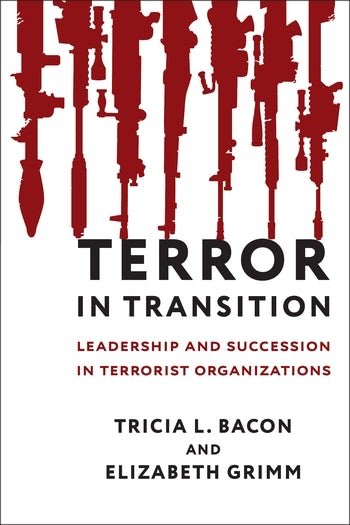
BOOKS
Terror in Transition
Leadership and Succession in Terrorist Organizations
Tricia L. Bacon and Elizabeth Grimm provide a groundbreaking analysis of how religious terrorist groups manage and adapt to major shifts in leadership. They demonstrate that founders create the base from which their successors operate. Founders establish and explain the group’s mission, and they determine and justify how it seeks to achieve its objectives. Bacon and Grimm argue that how successors position themselves in terms of the founder shapes a terrorist group’s future course. They examine how and why different types of successors choose to pursue incremental or discontinuous change. Bacon and Grimm emphasize that the instability surrounding succession can place a group at its most vulnerable—the precise time to explore options to weaken or defeat it.
Why Terrorist Groups Form International Alliances
In Why Terrorist Groups Form International Alliances, I argue that although it may seem natural for terrorist groups to ally, groups actually face substantial hurdles when attempting to ally and, when alliances do form, they are not evenly distributed across pairs. Instead, she demonstrates that when terrorist groups seek allies to obtain new skills, knowledge, or capacities for resource acquisition and mobilization, only a few groups have the ability to provide needed training, safe haven, infrastructure, or cachet. Consequently, these select few emerge as preferable partners and become hubs around which other groups cluster. Shared enemies and common ideologies do not cause alliances to form but create affinity to bind partners and guide partner selection.

